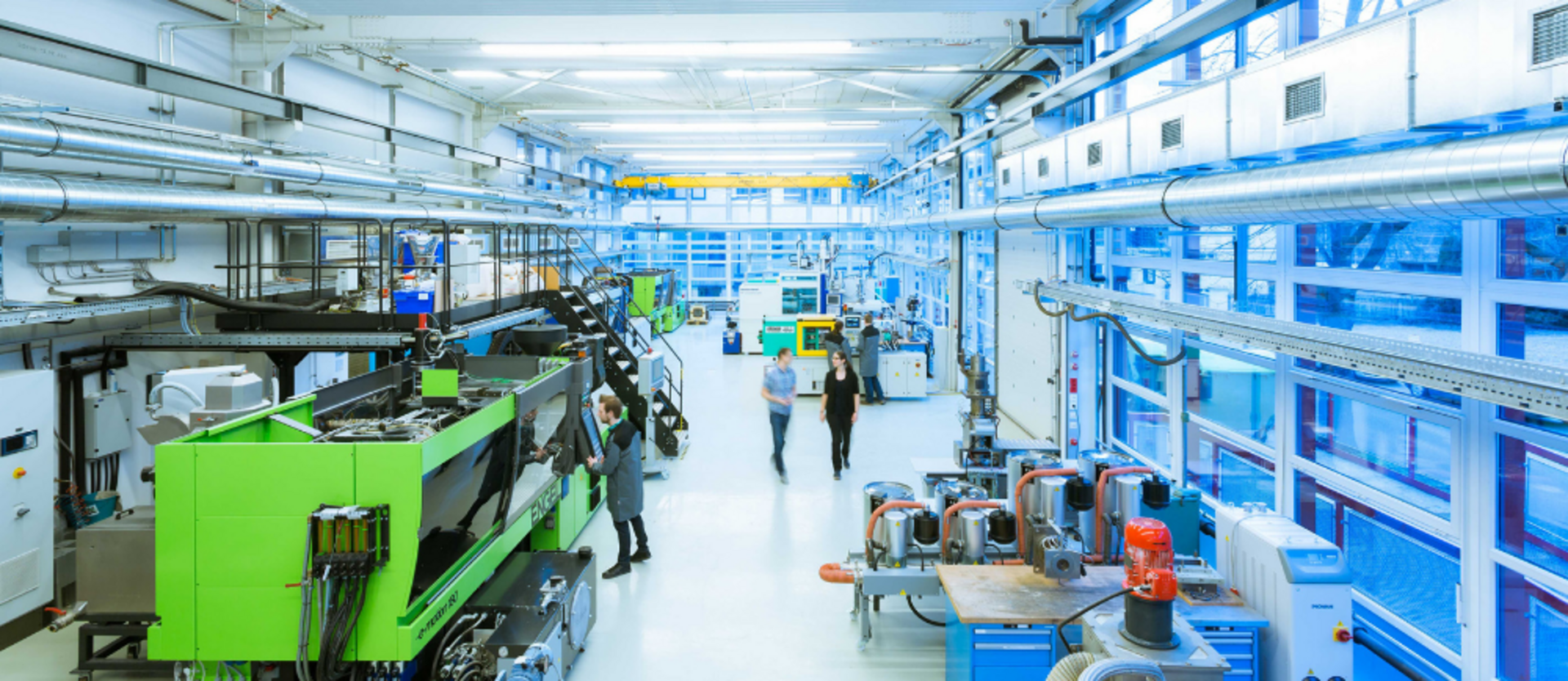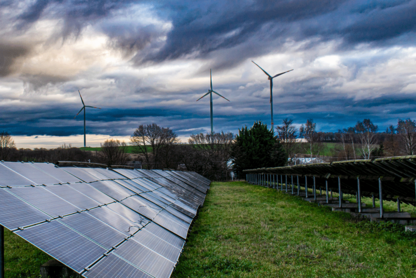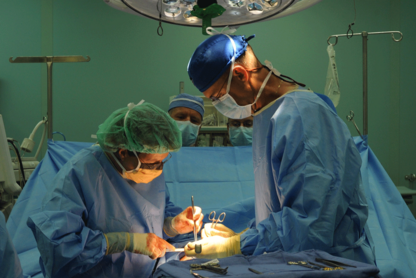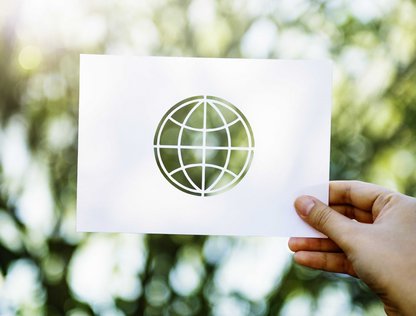Polymers are synthetically produced substances that consist of fossil (crude oil or natural gas) or renewable raw materials (rubber, cellulose, starch...). Plastics are therefore basically organic materials and simple polymers are composed of only three elements: Carbon, hydrogen and oxygen.
To produce polymers, the crude oil must first be distilled and broken down into its components. One of these components is naphtha, which is the crucial compound for the production of polymers. The type of manufacturing process then used (polymerization, polycondensation reaction or polyaddition) and additives then determine the shape and properties of the polymer.
Polyethylene (PE)
Polyethylene is a real all-rounder. Depending on how it is manufactured, its properties can be specifically adapted for the application in question. Depending on the type, this can vary the light transmission, strength, hardness, stiffness or even the stretchability. PE is mainly used for films and packaging (canisters / detergent bottles / ...), pipes, implants, or also as insulation material.
Polyethyle nterephthalate (PET)
PET belongs to the family of polyesters and is mainly used in the textile and packaging industryfor fibers, bottles or films. But it is also used for technical compounds such as profiles. Theoretically, PETcan be recycled an infinite number of times. In practice, however, contamination cannot be removed by washing. Therefore, soiled products must be disposed of, but this is not the end of their life. If used PET is no longer suitable for bottles or other products, it is reused for fleece sweaters, for example.
Polyvinylchloride (PVC)
PVC is the third most important polymer for after polyethylene and polypropylene. There is hard and soft PVC. Hard PVC is used, for example, to make window profiles, pipes and records. Soft PVC contains plasticizers; this makes the polymer elastic and can be used, for example, for cable sheathing and flooring.
oder warum Kunststoffe eigentlich ganz schön grün sind
Kunststoffe brauchen sehr lange, um sich abzubauen und verschmutzen dadurch unsere Umwelt, sie werden (hauptsächlich) aus fossilen Rohstoffen hergestellt,
die nicht erneuerbar sind und werden, wenn sie denn recycelt werden, nur verbrannt.
Alles gute Argumente gegen den Einsatz von Kunststoffen. Oder?
Viele Kunststoffprodukte bestehen aus fossilen Rohstoffen wie zum Beispiel Erdöl oder Erdgas. Aber nur knapp 5% des jährlich geförderten Erdöls wird für Kunststoffprodukte verwendet, das ist sehr wenig. Daneben gibt es auch schon zahlreiche Alternativen zu fossilen Rohstoffen aus denen Kunststoffe hergestellt werden können wie beispielsweise pflanzliche Stärke oder tierische Proteine.
Die Sammelquote von Kunststoffabfällen ist in Europa aber insgesamt sehr gut - im Jahr 2018 wurden 17,8 Millionen Tonnen Kunststoffverpackungs-Müll gesammelt, rund 42%* davon wurden recycelt. Europa hat 2018 5 Millionen Tonnen Kunststoff-Recyclate - also recycleten Kunststoff - produziert. Leider werden auch in Europa noch viele Abfälle deponiert; in Österreich gibt es seit 2008 ein Deponieverbot.
Ja es stimmt, Kunststoffe brauchen mitunter Jahrhunderte, um sich zu zersetzen. Aber nicht alle Kunststoffe: Biologisch abbaubare Polymere wie Polymilchsäure sind viel schneller, sie brauchen etwa 80 Jahre, außerdem muss Kunststoff nicht so lange brauchen, wenn er richtig entsorgt und so eine Wiederverwertung möglich wird.
Kunststoff-Abfälle werden häufig verbrannt, das ist richtig. 2018 waren es in Europa etwa 7 Millionen Tonnen*, aber das ist eigentlich nicht schlecht. Kunststoffe haben einen energetischen Wert der vergleichbar ist mit Erdöl, das heißt sie liefern in Hochöfen genügend Hitze, um die Prozesse am Laufen zu halten. Das tolle daran ist, es wird ein Material zum Heizen verwendet, das bereits ein Leben hinter sich hatte.
* Quelle: Plastics - the Facts 2020
Die Kunststofftechnik befasst sich mit der Anwendung, Herstellung und Verarbeitung der Kunststoffe sowie der Erforschung ihrer physikalischen, chemischen, biologischen und technologischen Eigenschaften. Das Ziel ist die Erschließung neuer Anwendungsgebiete für Kunststoffe, die Auswahl bzw. Entwicklung eines für eine bestimmte Anwendung am besten geeigneten Kunststoffs, die technologische Optimierungen der Verarbeitungsprozesse, die werkstoffgerechte Auslegung von Bauteilen und das Recycling von Kunststoffen.




